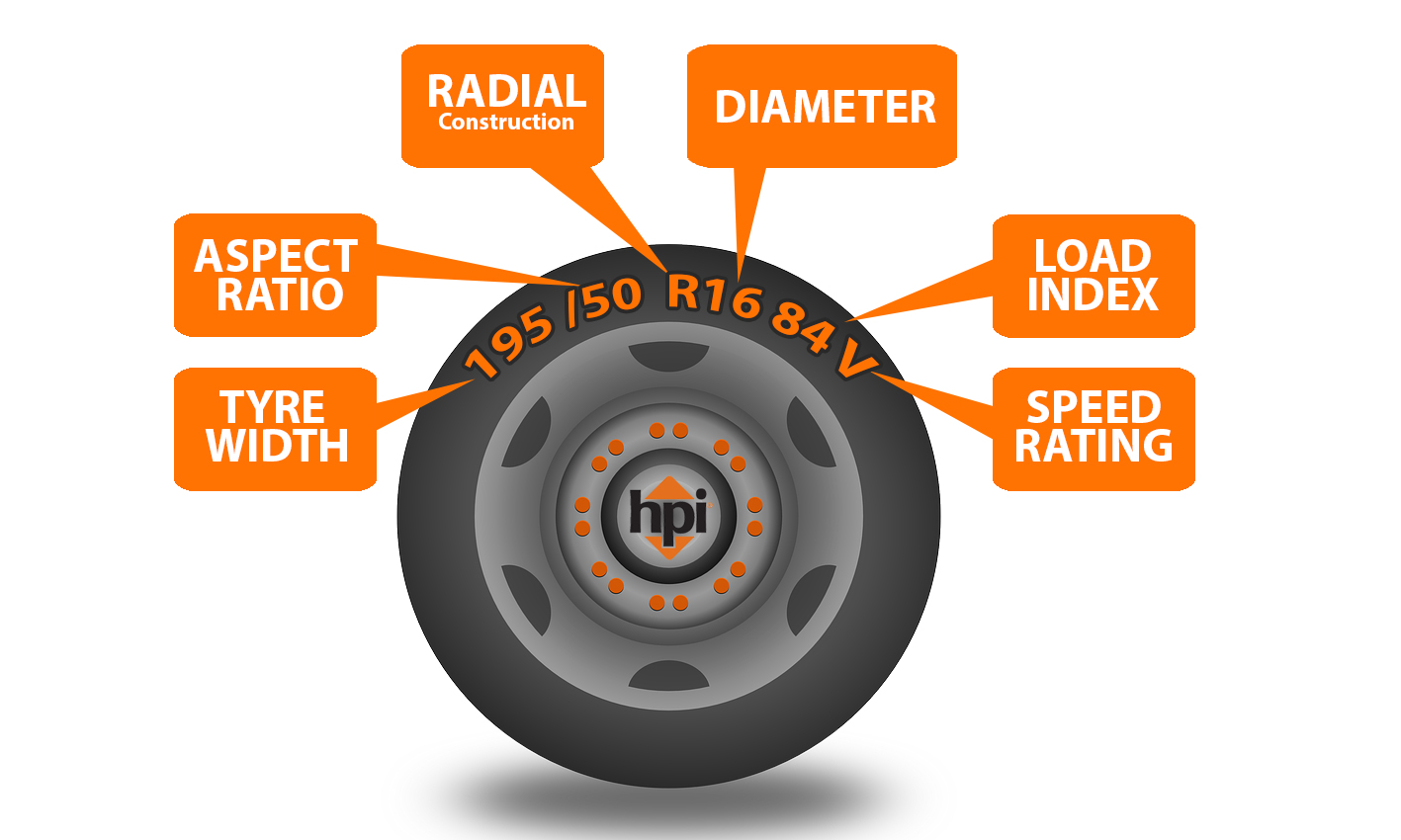The Dangers Of Buying Used Tyres
Running a car can be expensive, so it’s only natural that the idea of cutting costs can be hugely appealing. One of the easiest ways of doing this is to skimp on maintenance and to fit cheaper parts when doing so. Second-hand or pattern parts can be much cheaper than the new, branded alternative – so why wouldn’t you opt for them?
The obvious answer is that they’ll almost certainly be a false economy, but if that’s not enough, your safety could also be severely compromised. That’s certainly the case with used (sometimes called part-worn) tyres. Fitting these might seem like a good idea when your pockets are empty, but the chances are you’ll regret the move.
According to Kwik Fit, around a fifth of car owners have fitted part-worn tyres at some point – but a quarter of those who did so, wouldn’t do it again. Presumably most of the other three-quarters are too strapped for cash to have a choice. Worryingly, the same Kwik Fit survey threw up the fact that around one million car owners have experienced tyre failure because of damage already present when their used tyres were fitted.
Another 657,000 drivers experienced a loss of grip or control because of sub-standard rubber. But even more worrying is the 475,000 car owners who had an accident because of this lack of grip – suddenly any savings made when fitting used rubber would have paled into insignificance when it came to sorting out insurance costs.
This shouldn’t come as any surprise of course. When a tyre is new it has about 8mm of tread and by the time that’s reduced to 1.6mm it has to be thrown away. So fitting rubber that’s down to 3-4mm means it’s already given its best. But it’s not the lack of tread (and therefore grip) that’s necessarily the issue, it’s the fact that many of the tyres that filter into the part-worn market have a defect of some kind. Defects that can lead to them failing at speed, leading to a loss of control.
Think about where all these second-hand tyres come from. In many cases they’ll be from cars sent to the scrapyard, many of which will have been involved in crashes. Others will have come from Germany, where the minimum tread depth is 3mm. Car owners there will fit new rubber at 3mm, leaving traders to sell the used tyres in the UK. But even if the tyre is virtually given away you’ll still have a fitting cost to bear, and unless you’re doing virtually no miles each year, you’ll then have to repeat the exercise potentially just a couple of thousand miles down the line.
Despite this, around four million used tyres are fitted each year in the UK. After all, it’s perfectly legal to sell used tyres, although according to the Motor Vehicle Tyres (Safety) Regulations 1994, a part-worn tyre must adhere to the following rules:
- Its structural integrity must not be compromised. It should be free of cuts, bulges or lumps internally and externally. No plies or cords should be exposed.
- Tyres must have passed an inflation test prior to sale.
- The original tread must still be clearly visible in its entirety, to a depth of at least 2mm across the full width of the tread, around its entire circumference.
- Part worn tyres which have not been retreaded must clearly show the relevant ‘E’ mark alongside which ‘PART-WORN’ must be permanently and legibly applied in letters at least 4mm high. These words cannot be hot branded or cut into the tyre.
The problem is, lots of the part-worn tyres on the market don’t meet these standards. Tyresafe (www.tyresafe.org) represents the tyre industry in the UK; it exists to improve standards and to make our roads safer in the process. The body regularly investigates the part-worn tyre market and every time it does so, it finds that unscrupulous traders are cutting corners to make a quick and easy profit.
Every so often, Tyresafe buys a pile of part-worn tyres and inspects them. it looks for cuts in the sidewalls, nails or screws embedded in the tread, evidence of the tyre having been run while under-inflated – anything that could lead to a blowout. Each tyre is also checked to ensure that it has the correct markings, as detailed above.
It’s with the markings that most tyres fall down, because even if they’re not damaged they’re usually not marked up correctly so you don’t know what you’re buying. Any part-worn tyre must be inspected before sale and to maintain standards the name and registration number of the garage that did the work must be written on the sidewall. With this information missing, how can you be confident that any of the necessary checks have been made?
Then there’s the issue of wear. With some part-worn tyres potentially featuring just 2mm of tread (the minimum they can be sold with, by law), you’ll have just 0.4mm of use before you have to fit another set. Except you’ll probably forget to do so in time and you’ll be running around on illegal tyres that are virtually bald.

If you’re lucky the first thing you’ll know about it is when the police catch up with you and fine you £2500 per defective tyre – you’ll also get three points on your licence. If you’re unlucky, the first thing you’ll know about it is when you slide into the scenery as soon as the rain starts to fall – and that’s when a hefty fine will be the least of your worries.
Richard Dredge
July 2015



